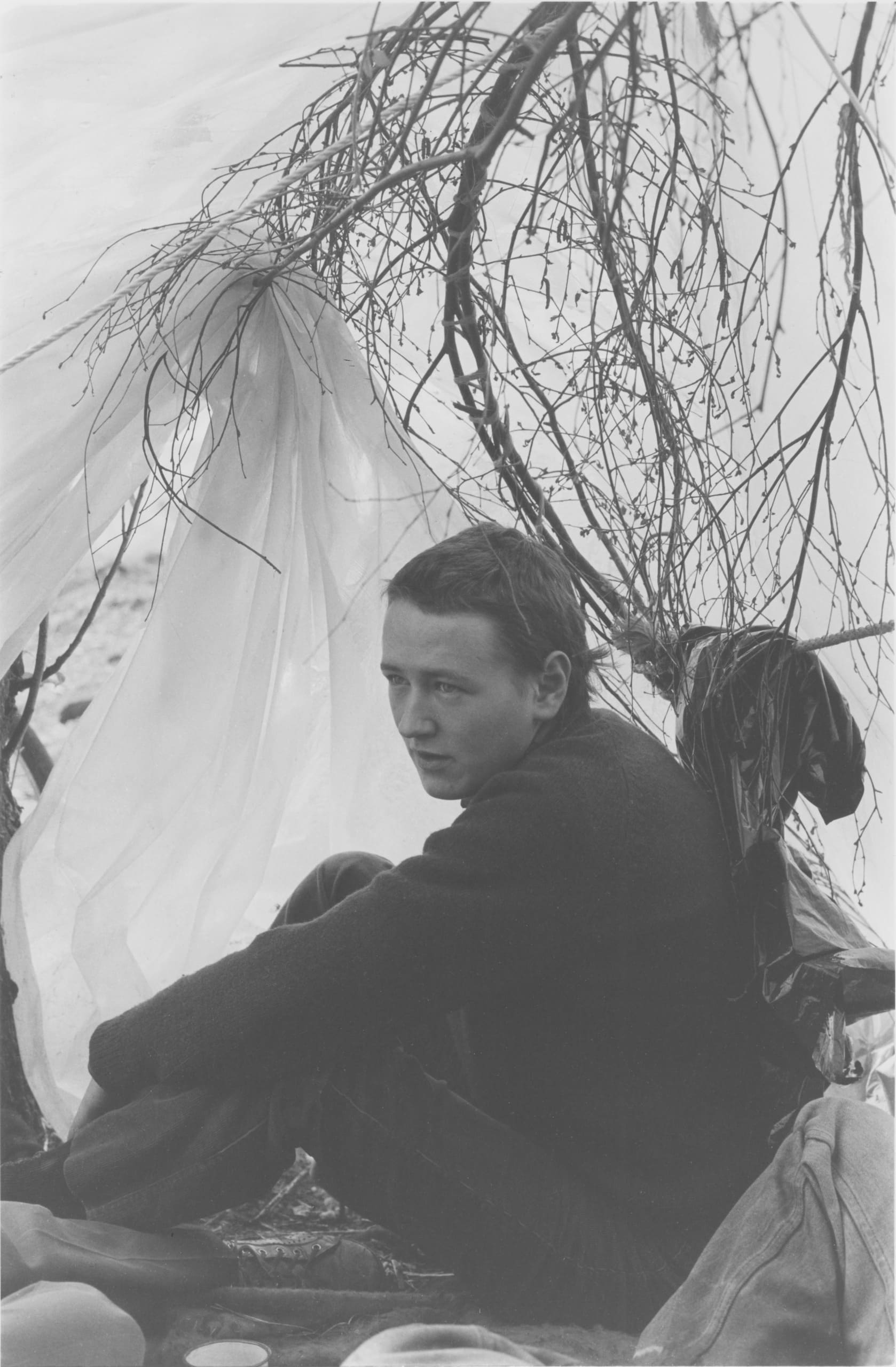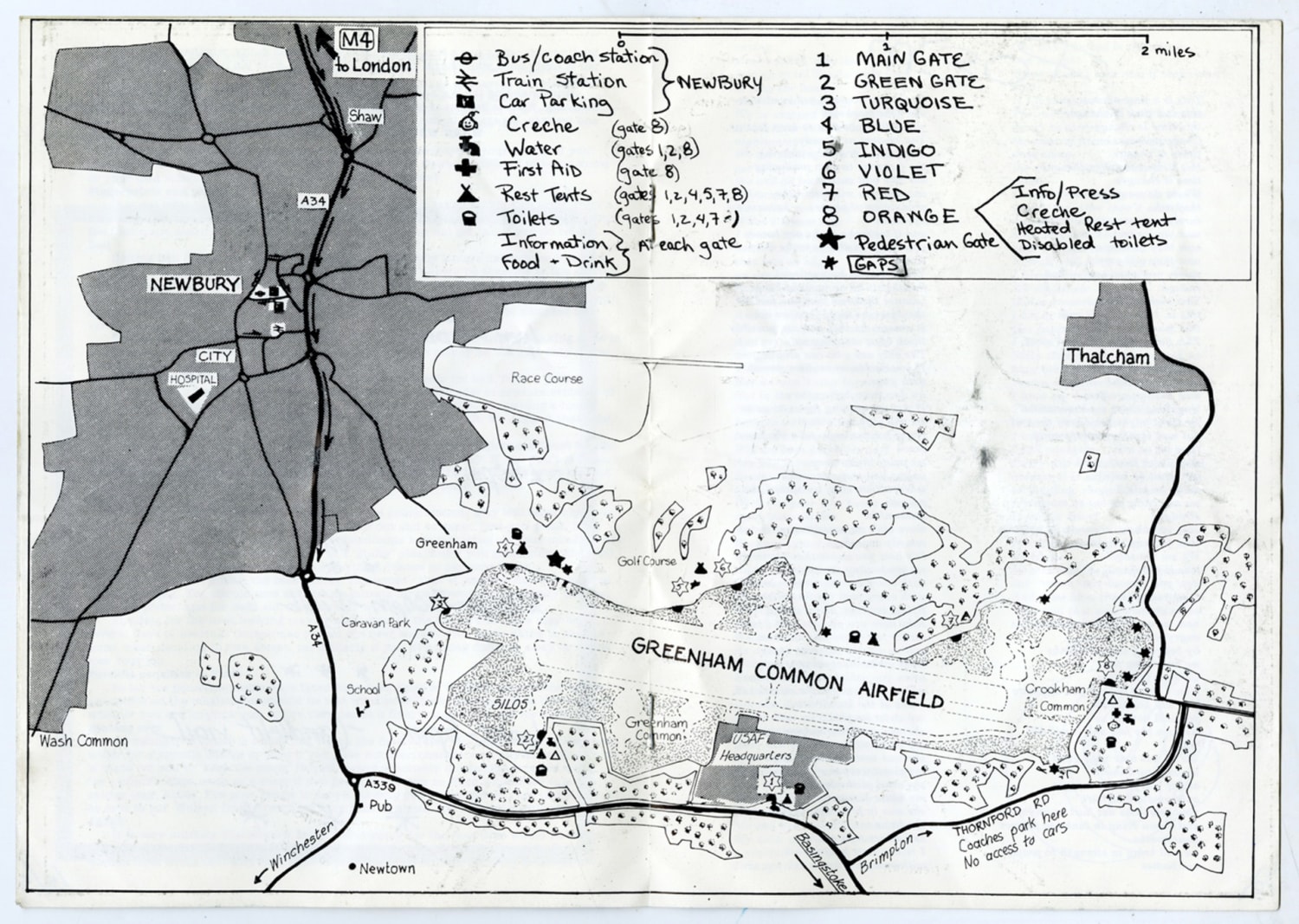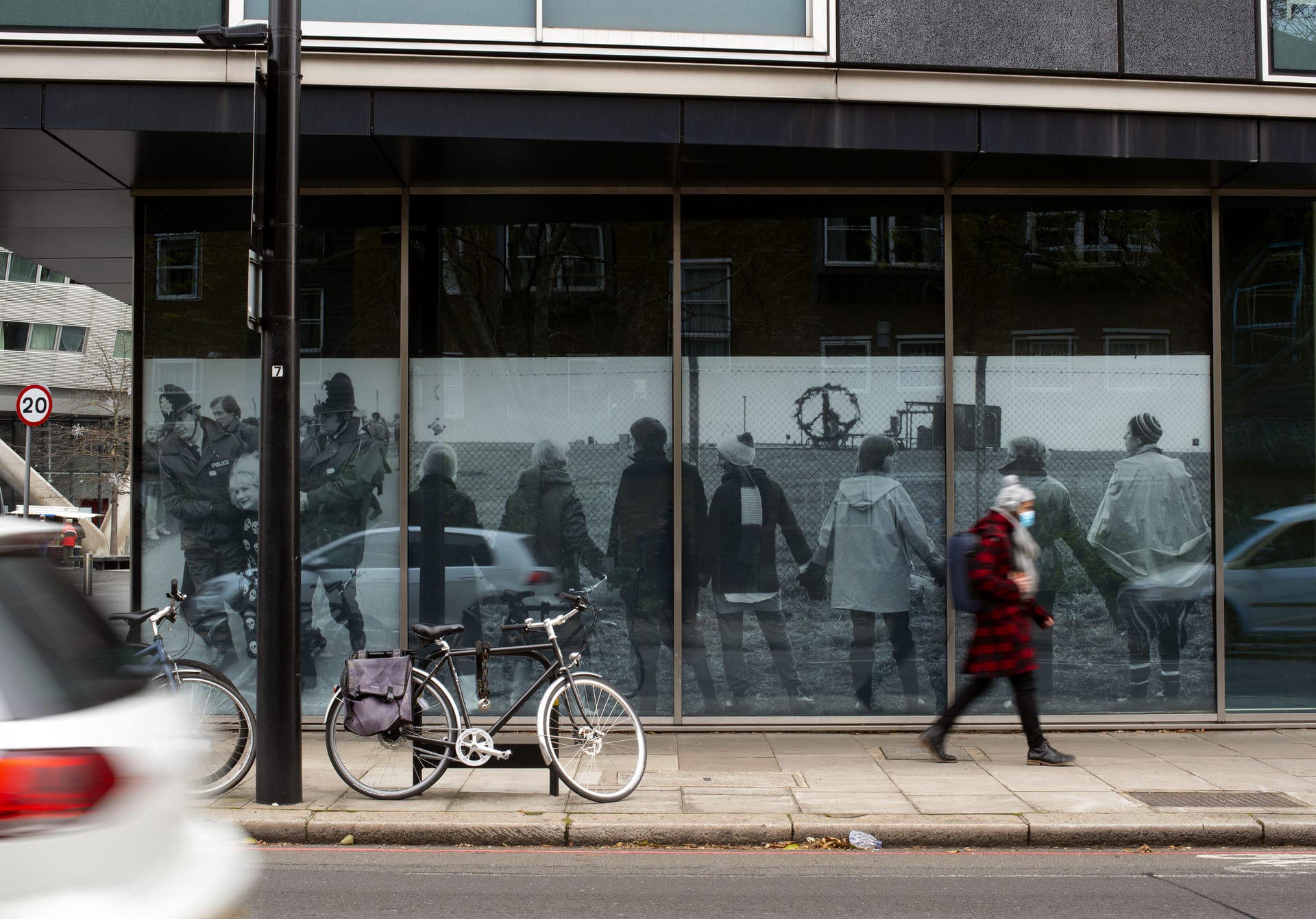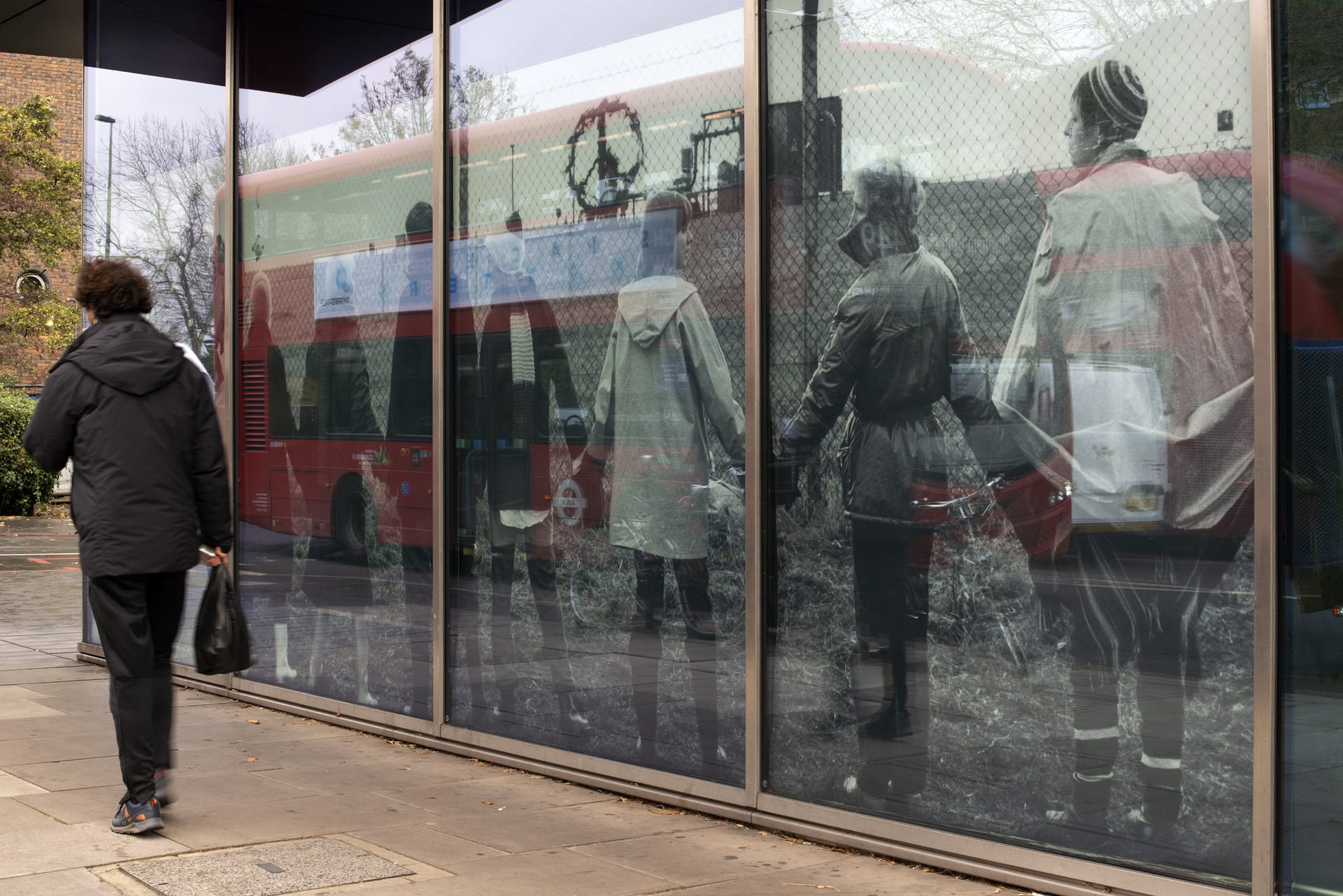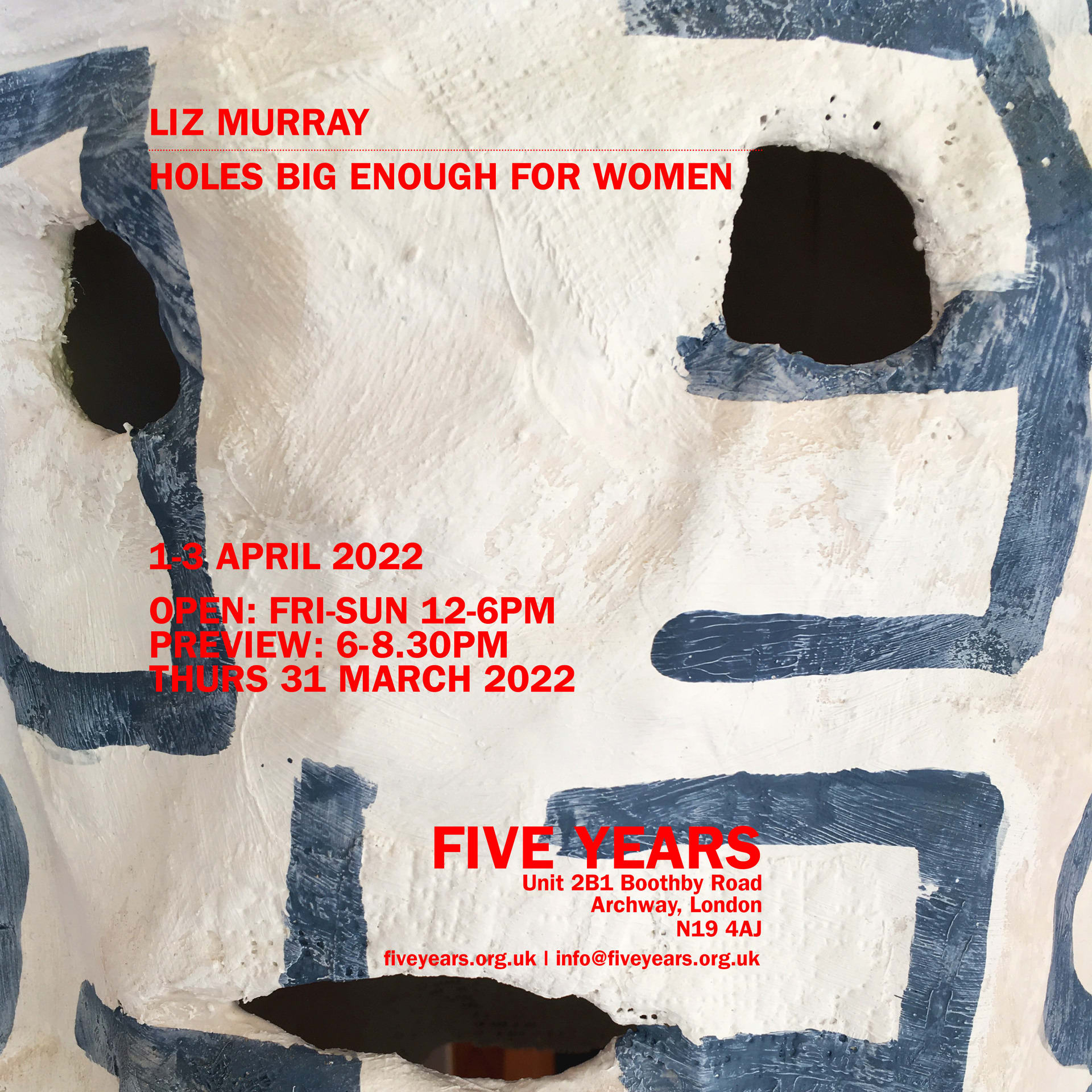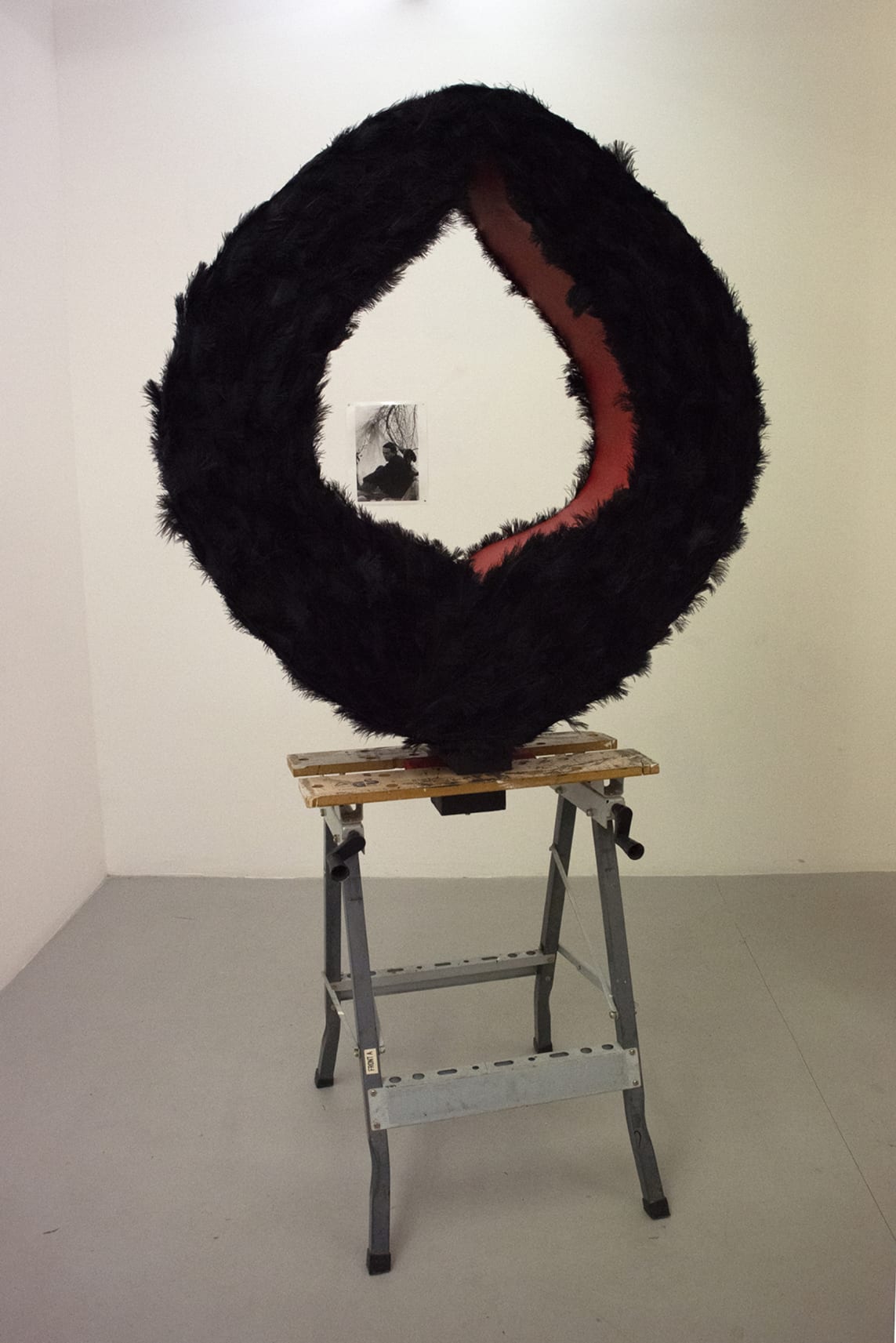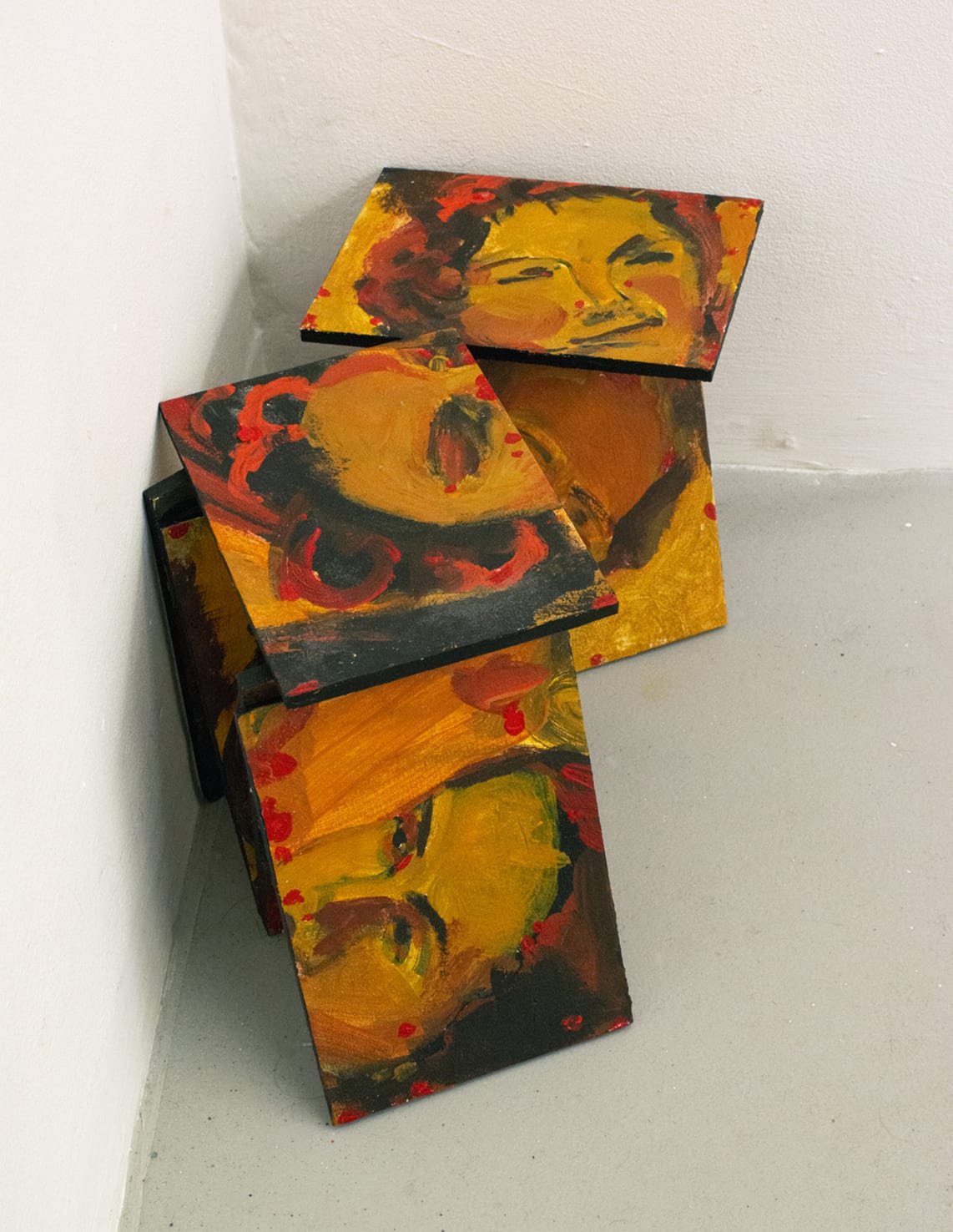ABSTRACT
Despite greater societal awareness of sexual inequalities, women are still more likely than men to experience workplace and salary inequity and sexual harassment, and to be victims of male violence. Given this fact, many of the primary goals of second-wave feminism remain largely unrealised. Performing Resistance speaks to feminist discourses and strategies of solidarity that have been overlooked or hidden. It talks back at a moment when museums are taming historical activism through inclusion in survey exhibitions. In reframing a creative protest as an artwork, this thesis seeks to extend and rethink the power of resistance by placing emphasis on its activating properties rather than on its ability to be archived in major public institutions. It asks: how does art practice best resist?
This practice-led research proposes an act of resistance for reconsideration within this context, one of feminist, all-female and queer protest. It nominates the Greenham Common Women’s Peace Camp (1981-2000) – its actions, bodies, archives, stories, site and materials – as an expansive and expanding artwork. The thesis does not claim authority or ownership over this singular protest, but instead uses nomination as a means to reconsider feminist practices and values, then and now. In so doing, it asks to what extent art practice can provide a method for engaging with feminist histories, stories and events and how might it allow a productive re-evaluation of gender equality.
The retroactive proposition of Greenham as an artwork locates it not within participatory art practices or re-enactments, nor inside a virtual museum collated from archival materials or post-protest artworks. Rather, the method I propose of talking back to oneself is employed in order to better understand Greenham not as one event but as a means for seeing, thinking and doing – an ‘intersectional’ activist approach. As a strategy it exposes the compound discrimination against women, queers and anti-nuclear protesters in the past and suggests how dissent in the present can be constrained thereby reducing the capability for taking meaningful, transformative action. Nomination functions here as a mode of ‘backchat’, a resistant position that refutes and contests the contemporary prevailing hegemonies within art, society and politics.
My own experience of having been a Peace Camp participant is the basis for, and forms an important part of the proposition and analysis of, this research. I use my own archive of materials to generate new responses both in the studio and through writing. I employ writing letters to my past self in the present day as a method both of interrogating and of corresponding with memories and objects that trace the history of the protest. My hypothesis is that art can best function when it resists through testing limits, assumptions and boundaries, besides producing aesthetic experiences. Without resistance, art becomes nothing more than decoration, a tradeable commodity. Through nomination-as-artwork, the research reactivates an archive of bodies, voices, events and materials which, through reuse, generates new works and keeps the feminist legacy of the Greenham Common Women’s Peace Camp potent.



